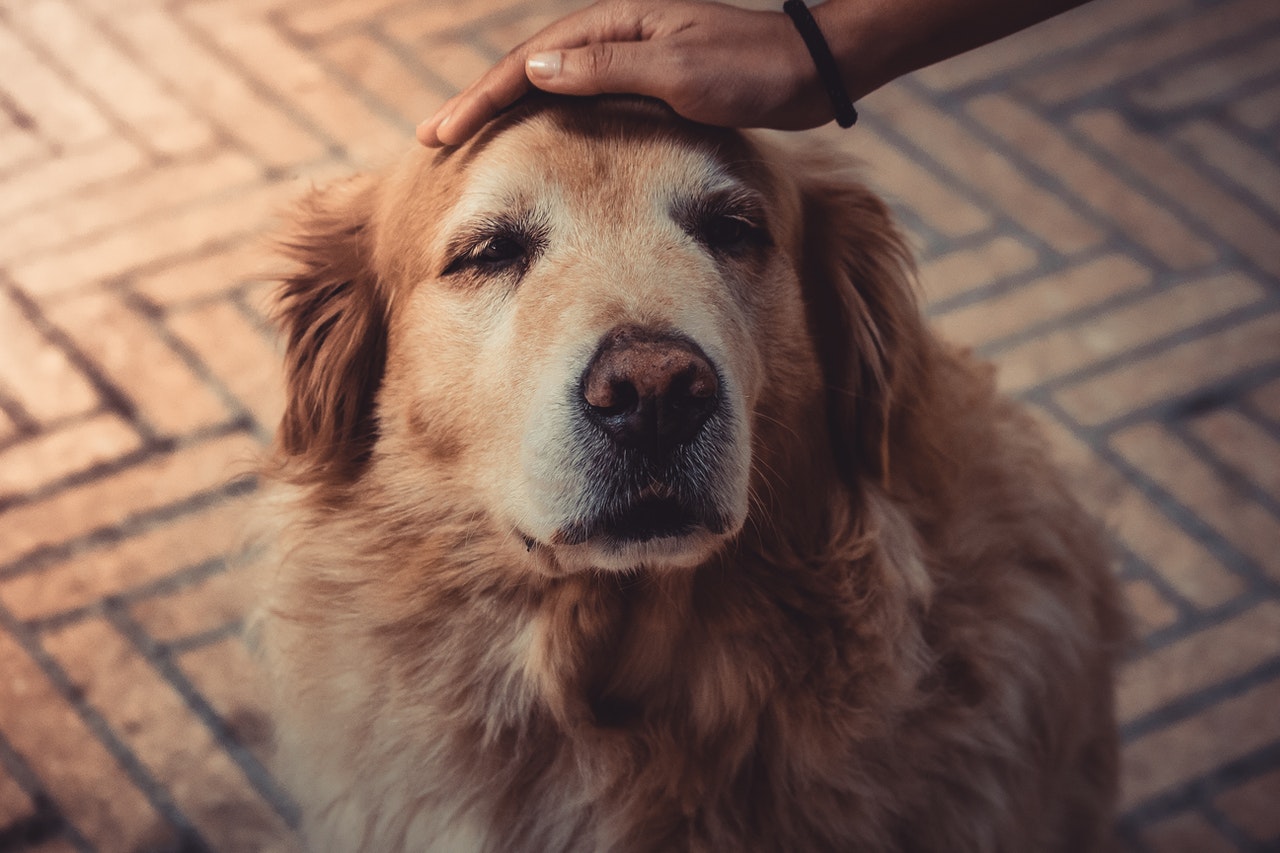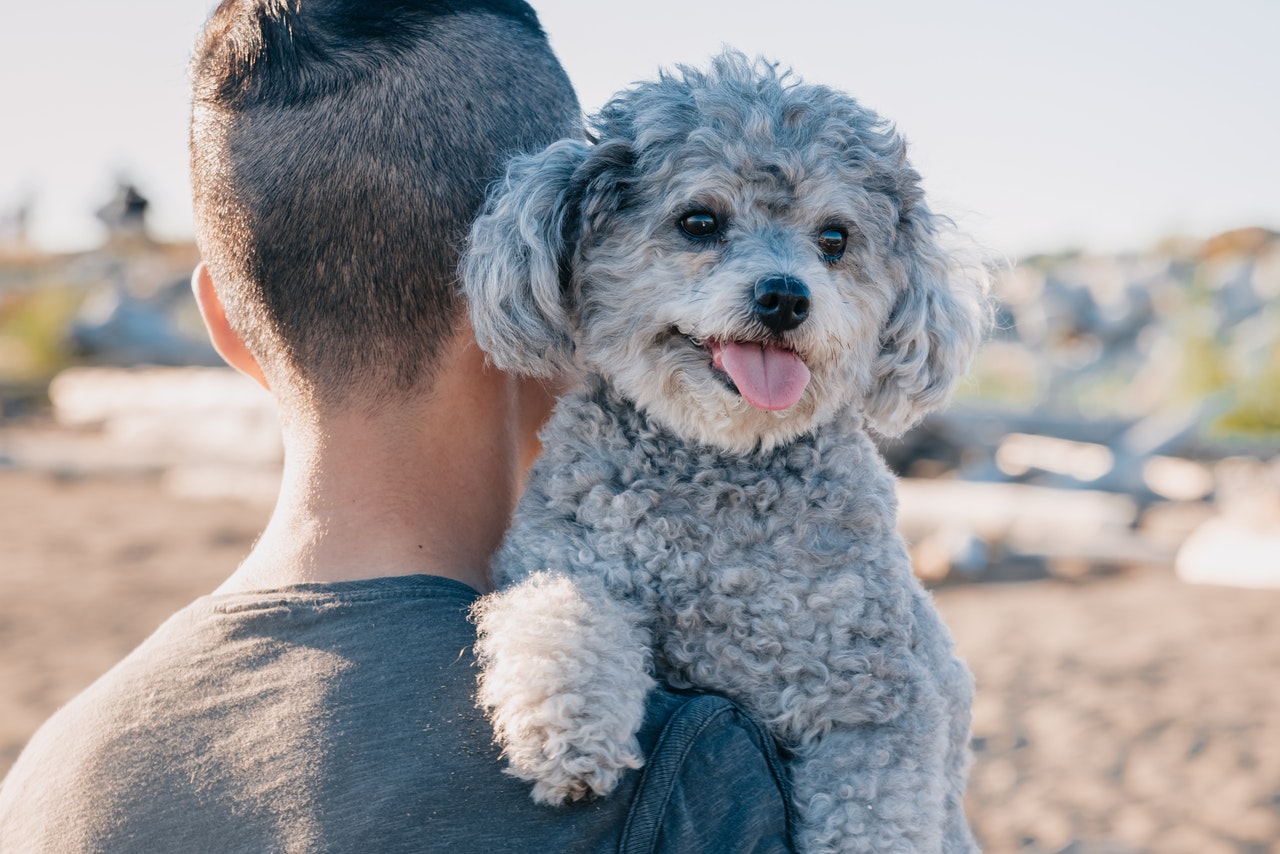Whether your older dog retains his puppyish personality throughout his life or he becomes more dignified with old age, there’s a special bond between senior dogs and their pet parents. You’ve been through a lot together, and you want your pooch to live the longest, healthiest life possible. But when your old dog begins to stumble, shows signs of disorientation, or refuses to stand, it’s natural for pet parents to assume the worst. Fortunately, these are all signs of a treatable condition commonly known as old dog vestibular disease or old dog vestibular syndrome. Let’s take a closer look at what’s officially called canine vestibular disease.

What causes vestibular disease in dogs?
According to Ernest Ward, DVM, and Malcolm Weir, DVM, MSc, MPH, vestibular disease is “a sudden, non-progressive disturbance of balance.” The vestibular system, found centrally in the brain, with additional components located in the inner ear and middle ear, is what allows your dog to maintain a sense of balance. Common causes of vestibular disease are ear infections, hypothyroidism, trauma, injury, and drugs that impact the ear. The disease is called idiopathic vestibular syndrome if veterinarians can’t find a cause for the sudden onset of symptoms. Other symptoms of vestibular disease include:
- a tilted head
- stumbling or falling in the direction of the tilt
- nystagmus (eyes moving rapidly back and forth)
- difficulty standing or walking
- vomiting
Because these symptoms resemble a stroke in humans, many pet parents believe their pup has suffered from a brain bleed or blood clot. Fortunately, cats and dogs exhibiting the symptoms rarely have suffered from a stroke. The most common cause is vestibular disease.
How common is vestibular disease in dogs?
While dogs of any age can suffer from vestibular disease, it’s primarily known as an older dog’s illness. However, congenital vestibular disease—caused by an inherited autosomal recessive trait—may cause symptoms and deafness in puppies, especially Doberman Pinschers. Your pooch is at an increased risk if he has hypothyroidism, while some breeds are more prone to developing the condition. Akitas, Beagles, English Cocker Spaniels, German Shepherds, Smooth Fox Terriers, and Tibetan Terriers are among the breeds most likely to be affected by vestibular disease.

How long does old dog vestibular disease last?
Depending on the cause of vestibular disease, treatment could involve antibiotics—if the cause is an infection—or your dog’s veterinarian may manage the symptoms of dizziness, nausea, and vomiting with an antiemetic and other medications. Because standing is difficult for your pup, he may be suffering from dehydration. If that’s the case, your vet may want to keep your dog for a few days to administer IV fluids and monitor his progress. Fortunately, most cases of vestibular disease clear up in just a few days, though some dogs may show symptoms for as long as two weeks.
Can old dogs recover from vestibular disease?
Watching your old dog suffer from a sudden onset of alarming symptoms can be terrifying. But the good news is that vestibular disease only looks serious. In reality, it’s more or less the same as when you suffer from motion sickness—unpleasant, certainly, but not cause for real concern. Beverly Sturges, DVM, an associate professor of clinical neurology and neurosurgery at the University of California at Davis School of Veterinary Medicine, told The Wildest, “It’s benign; we still have no real understanding why it occurs… It’s self-limiting, [requiring] no treatment except supportive care and comforting the dog.” In most cases, vestibular disease will clear up with minimal treatment, and your pup will most likely begin to show signs of improvement within 72 hours. That said, because vestibular disease so closely resembles a stroke, it’s important to take your dog to the vet to rule out a more serious condition.

Caring for a dog with vestibular disease at home
Once your vet diagnoses your pup, he may be kept at the vet’s office for a few days, or the vet may feel he’ll be more comfortable at home. Medications to treat any detectable infection and to manage your dog’s symptoms may be prescribed, or you may be advised to treat his dizziness with over-the-counter meclizine. It’s possible you’ll need to help your dog eat, drink, and go to the bathroom until his sense of balance is restored. Fortunately, with supportive care and successful treatment, your pooch should be back to normal in no time.



